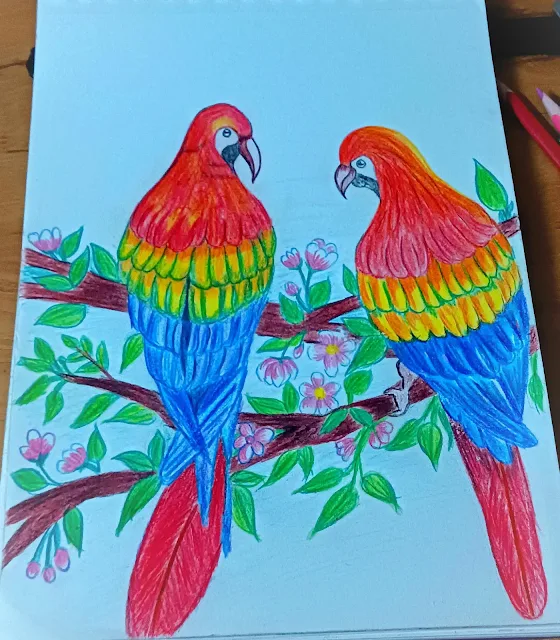"Pajavarnakili" is a Malayalam term that translates to "Colorful Bird" in English. It refers to a type of traditional decorative bird toy commonly found in the Indian state of Kerala. These charming and vibrant birds are often made from various materials like wood and are intricately hand-painted to resemble real birds. They are typically hung from the ceiling or placed in different parts of the house as ornamental pieces, and they sway gently in the breeze, adding a touch of whimsy and color to the surroundings.
Pajavarnakili birds are known for their vivid and eye-catching designs, featuring an array of bright colors, intricate patterns, and detailed features. These birds are a popular form of traditional handicraft in Kerala and are often used as decorative elements during festivals, cultural events, or simply as a way to brighten up homes.
The art of making pajavarnakili involves skilled artisans who carefully craft and paint each bird by hand. They take pride in creating unique and beautiful pieces that reflect the rich cultural heritage of Kerala. These colorful birds are not only a feast for the eyes but also a representation of the artistic and creative traditions of the region.
Pajavarnakili birds are not just decorative items; they are also a symbol of the artistic prowess and cultural significance of Kerala. Whether displayed in homes, used in traditional rituals, or as souvenirs, these delightful birds bring a touch of Kerala's vibrant culture and heritage to life.

Comments
Post a Comment